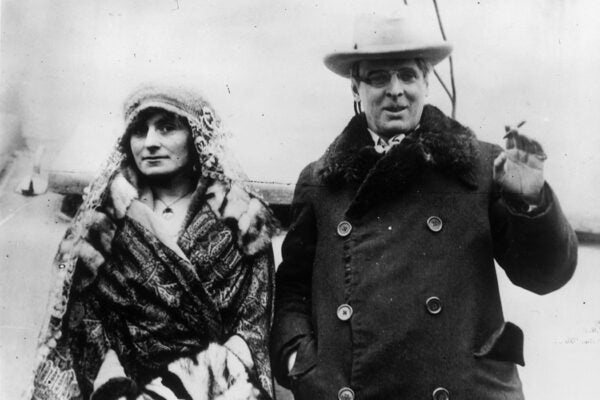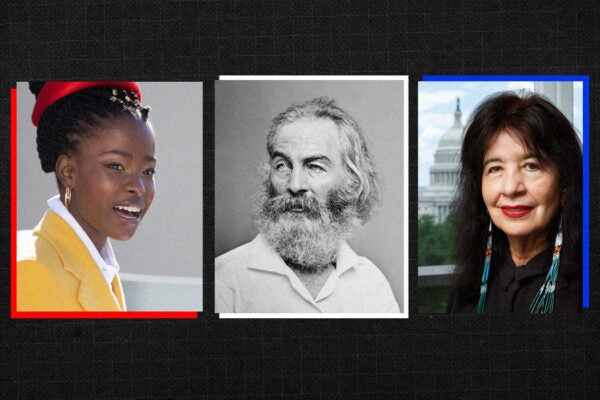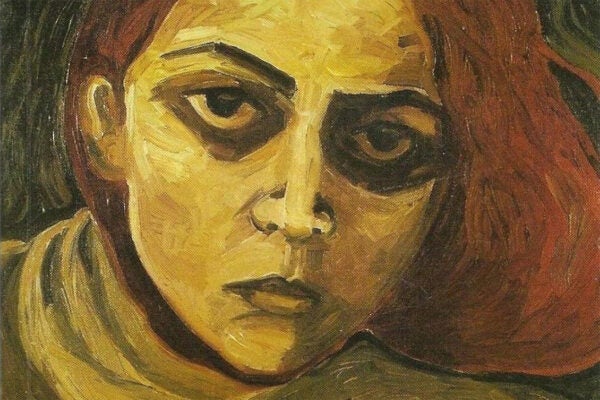On an application form for the Library School of the New York Public Library, where most candidates wrote “American,” the author Nella Larsen Imes responded to a question about her father’s nationality with “Danish West Indian.” But under that, in another hand, was written “Negro.”
“Inserting ‘Negro,’ someone seems to have tried stabilizing unwelcome ambiguities in Larsen’s self-representation,” observes literature scholar Barbara Hochman. Larsen (who divorced her husband Elmer Imes in 1933) often highlighted her Danish ancestry, both on official forms and in later interviews, Hochman notes, “displacing a narrative of origins that included miscegenation, poverty, anonymity, and other modes of social instability, if not disgrace.”
Best known for her 1929 novella Passing, Larsen was the first woman with Black heritage admitted to the New York Public Library’s training school, where she studied in 1922 and 1923. Even before she applied to library school, Larsen was working as an assistant and a children’s librarian at the 135th Street Branch of the New York Public Library, a critical cultural space for the Harlem Renaissance, and she continued to work there until 1929.
Librarians like Larsen “were considering their work at the 135th Street Library in relation to larger questions about race, women, the nation, and culture,” according to Karin Roffman. She argues that Larsen’s library career “was a catalyst in her rethinking of social issues, particularly her concerns about how systems of classification work to inhibit the creation of new categories of thinking.”
Indeed, Hochman has scrutinized Larsen’s library school application, which she describes as “a neglected document that has preserved some of her earliest writing.” She finds the application “a rich text that invites speculation” and “discloses the encounter of a decidedly conflicted subject with the norms and values of an institution.”
In addition to being asked for demographic information, applicants answered the question, “What is there in your abilities, tastes, or experience that leads you to think you would be successful in library work?” They were also asked to name ten books they had read recently and periodicals that they perused regularly.
Larsen’s book list begins with Norwegian Nobel laureate Knut Hamsun’s novel Growth of the Soil and ends with sociologist W. E. B. Du Bois’s Darkwater. The curation fascinates Hochman.
“Whereas most candidates include many novels, Larsen (who would begin publishing her own fiction four years later) names only Growth of the Soil, a controversial naturalist text,” she writes. “Her inclusion of Du Bois makes the list unusual in another way: no other application…includes a [B]lack writer, and Darkwater is a particularly explicit critique of racism and political exploitation.”
However, Hochman concludes that it’s “impossible to read the list as ideologically coherent,” as other texts listed by Larsen “are openly racist,” including a book by a “popular white-supremacist author.”
Hochman writes that “Larsen knew how to respond to white prompts so as to meet white expectations…. But her book list is not fully explained by her desire to please the institution to which she was applying.” Rather, “the combination of caution and daring, self-revelation and concealment, inscribed in Larsen’s application anticipates themes and even rhetorical strategies that made Larsen an extraordinary writer for a very short time.”
The 135th Street Branch of New York Public Library, now known as the Countee Cullen Library and part of the Schomburg Center for Research in Black Culture, offered programming and services in support of its under-served community. But it also had a growing collection of books and artifacts related to Black culture, writes Sarah A. Anderson, offering fodder for activism in more ways than one. While the New York Public Library’s main branch and library school employed a unique method of classification called the Billings system, branch libraries—including the 135th Street Library—used the Dewey Decimal System, which was notorious for its shoddy approach to Black history and culture.
Roffman quotes the pioneering African American librarian Dorothy Parker Wesley, who would take part in reforms in the profession and develop a more inclusive library classification system.
“Everything related to the Negro was classified under ‘colonization,’ or ‘326,’ which was the number for ‘slavery,’” Wesley recalled. She refused to catalogue a book of poetry by James Weldon Johnson under “slavery.”
This was the system Larsen was working within as a library assistant, and “[g]iven [her] introduction to classification systems, it is not surprising that her novels suggest that she was increasingly skeptical of any institutions that produce comprehensive systems of knowledge,” Roffman argues. She points to the novel Quicksand, written toward the end of Larsen’s library career, as a text that “rejects all systems of knowledge as flawed, [with a protagonist] who seeks entirely other ways to learn—outside of libraries, schools, and any other systematized forms of knowledge production.”
In Quicksand, Helga Crane, a mixed-race schoolteacher, tries to find work at the library—but “[i]n less than a quarter of an hour she came out, in surprised disappointment.” As Larsen writes,
“Library training”—“civil service”—“library school”—“classification”—“cataloguing”—“training class”—“examination”—“probation period”—flitted through her mind. “How erudite they must be!” she remarked sarcastically to herself…
Roffman explains that “Helga’s brief but thorough analysis of her experience is made possible by Larsen’s specific knowledge and frustration with the library.” The list of terms that stood between Helga and a position represented “a requirement for another form of schooling,” one with which Larsen was too familiar.
Weekly Newsletter
“The problem with the way knowledge is appropriated in the library is connected to the library school’s attitudes about the training of librarians, specifically its ideas about how librarians ought to perceive and imagine what knowledge is,” writes Roffman.
A decade after Larsen’s departure, the 135th Street Branch recatalogued its collection, writes Roffman, “effectively reinterpret[ing] the Dewey model to create a new system that fit the library’s specific need.” Roffman notes that the project called for a librarian that possessed “general knowledge; a liking for and interest in books; and the intelligence, curiosity, and skills to do research and learn,” all characteristics that seem to be “the antithesis of the kind of training in library school that Larsen received” and subsequently brought to bear on her fiction.







